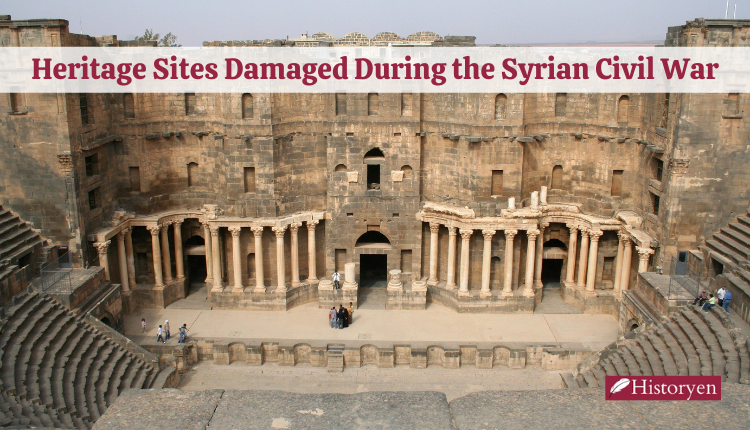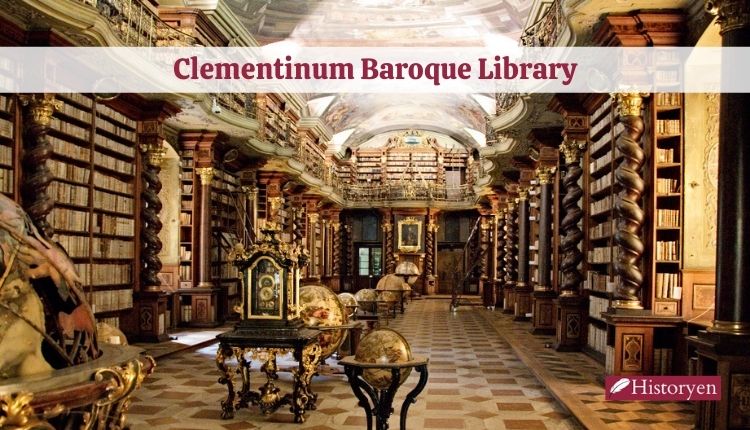The eminent structure within Chichen Itza, known as the Kukulkan Temple, alternatively dubbed El Castillo by locals, stands tall at 79 feet, serving as a focal point for Mayan astronomical pursuits.
Kukulkan, revered as the feathered serpent deity by ancient Mayans, was a central figure in Mesoamerican theology, believed to possess both human and divine attributes. Among the pantheon of Mayan gods, Kukulkan held a prominent position, credited with imparting knowledge of agriculture, governance, and medicinal practices upon the Mesoamerican populace.

Originally erected by the Toltecs, who overlaid their own temple atop the Mayan structure, Kukulkan Temple embodies a fusion of architectural influences. Nested within the primary temple lies yet another edifice, featuring asymmetrical steps crafted by the classical Mayans. Noteworthy for their penchant for quadrilateral pyramids, the Toltecs, hailing from central Mexico, exerted a significant influence over Mayan architectural endeavors in the Yucatan Peninsula.
Delve deeper into Mayan lore, and one discovers their profound grasp of astrology. The construction of the Kukulkan Pyramid serves as a testament to their mastery of geometry and celestial observation.

Ascending to a towering height of 79 feet, the pyramid boasts a labyrinthine design, replete with terraces, staircases, and platforms. Each facade of the pyramid comprises 91 steps, totaling 364 steps when accounting for all sides, culminating in 365 steps inclusive of the apex platform—an exact representation of the solar year. Such meticulous precision underscores the Mayans’ unparalleled craftsmanship.
A celestial spectacle unfolds during the spring and fall equinoxes, as the sun’s descent casts a serpentine shadow upon the northern staircase. This spectral manifestation, resembling the revered deity Kukulkan, gradually descends until merging with a stone serpent’s head at the pyramid’s base. Such astronomical alignments attest to the Mayans’ profound comprehension of celestial mechanics and their integration into architectural design.

Beyond its aesthetic allure, the solar alignment at the equinoxes serves as a symbolic conduit to Mayan cosmology and temporal reckoning. The serpent’s descent symbolizes the transition between the terrestrial realm and the underworld, emblematic of the interconnectedness between mortal existence and divine realms. This ritualistic event likely bore agricultural connotations, signifying seasonal transitions and the cyclical nature of life.
Beneath the hallowed grounds of the Kukulkan temple lies a recently unearthed cenote, discovered in 2015, shrouded in intrigue. Active exploration has revealed an underground abyss teeming with water, prompting speculation regarding its significance in Mayan ritualistic practices. Despite the tantalizing prospects, accessing the subterranean depths for further investigation remains fraught with challenges.
This newfound revelation imparts an additional layer of enigma to the already enigmatic Kukulkan Pyramid, captivating the imagination of scholars and tourists alike.



